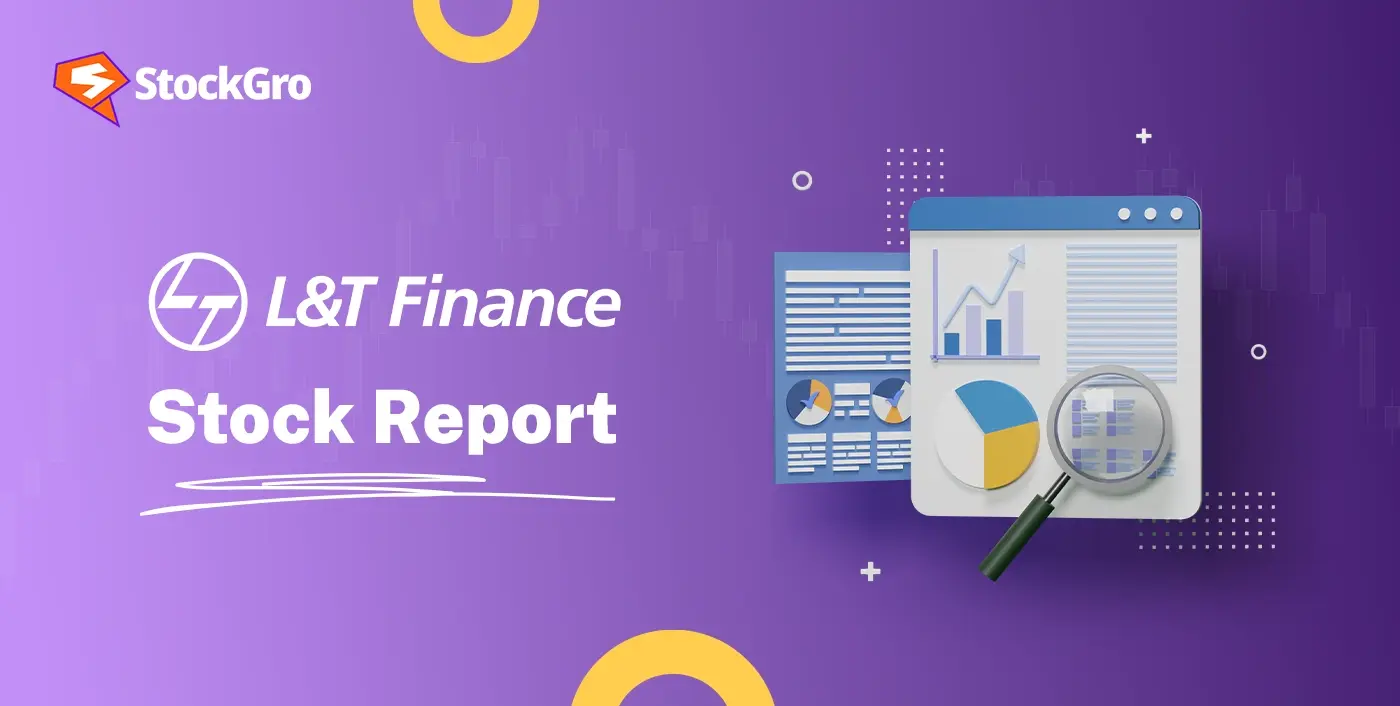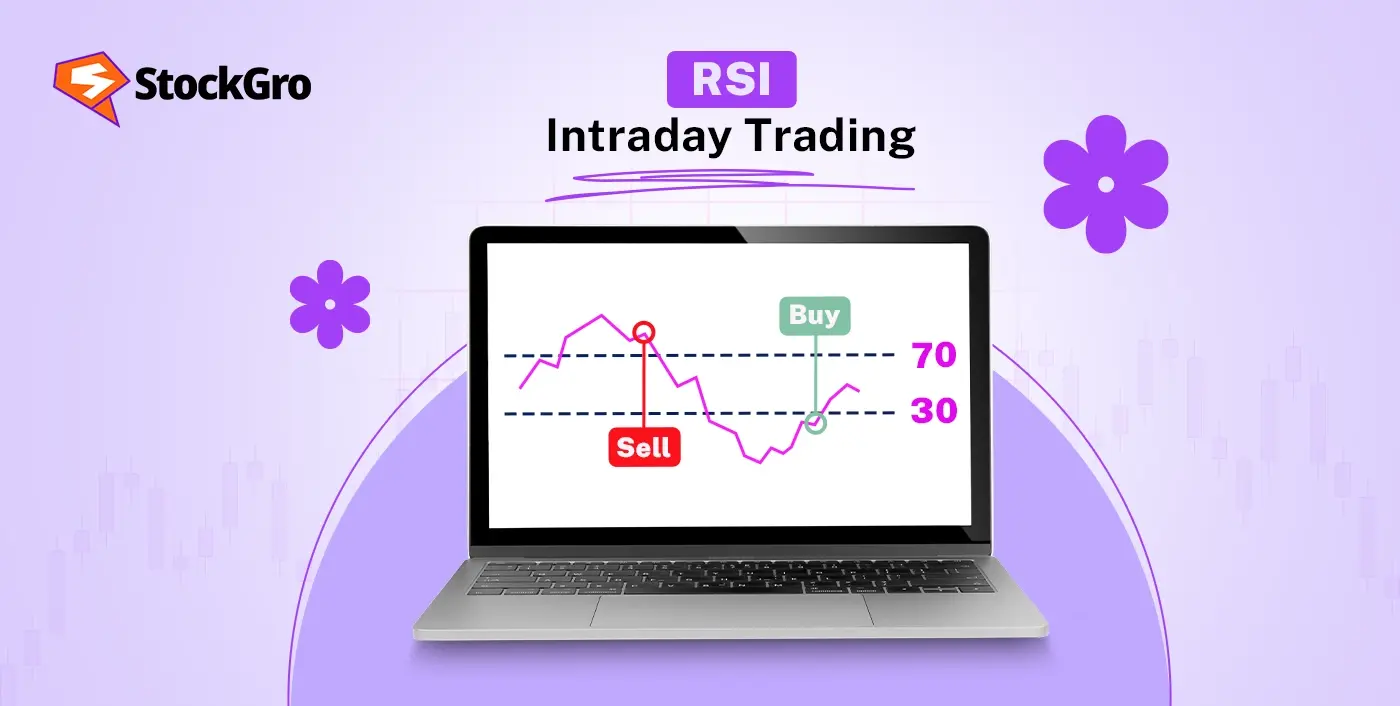
In the last few years, more and more people in India have started exploring intraday trading. Back in 2019, regular individual traders were responsible for only about 27% of the total trading in index options. But as of May 2025, that number has grown to over 35%.
As per SEBI’s report, the number of intraday trades in the equity cash segment has jumped by almost 300% in FY23 from FY19. But intraday trading has become popular among young investors who want to get quick profits from market ups and downs.
This blog shares free tips for intraday trading. Let’s explore them right away.
Intraday Trading tips for beginners
1. Understand the basics of intraday trading
Intraday trading helps investors buy and sell stocks within the same trading day. It differs from delivery-based trading, where you hold on to shares for more than a day.
All trades need to be closed before 3:30 PM IST, which is when the market shuts. This gives benefit from short-term price movements during the day rather than long-term investment gains. If you forget to close your position by the end of the day, you are authorized to automatically square off those trades at the current market price.
2. Begin trading with virtual money
If you’re new to trading or want to test new strategies without losing money, paper trading can be a good option. It means practising trades using virtual money instead of real cash. It is one of the best free tips for intraday trading that help you learn from mistakes.
You’ll understand how to place an order, manage a portfolio, and read charts. You’ll also notice how the market moves, prices go up or down, and how your daily orders are filled.
3. Intraday time analysis
In India, intraday trading time follows a fixed schedule. In India, the stock market opens at 9:00 AM and closes at 3:00 PM. For intraday trading, make sure to close your positions before the market shuts.
If you forget to close them, your broker will do it for you at the market price, which could lead to unexpected losses. SEBI now wants to keep a closer watch on intraday trading, especially in index derivatives like NIFTY and BANKNIFTY. Exchanges will take at least four random snapshots of your positions every day.
| Session Description | Time |
| Block Deal Window – Morning Session Starts | 08:45 hrs |
| Block Deal Window – Morning Session Ends | 09:00 hrs |
| Regular Pre-Market Session Begins | 09:00 hrs |
| Special Pre-Open Session (SPOS) Begins | 09:00 hrs |
| Regular Pre-Market Session Ends | 09:08 hrs |
| Main Market Trading (T+0) Begins | 09:15 hrs |
| Normal and Odd Lot Market Starts | 09:15 hrs |
| Call Auction for Illiquid Securities Begins (1st of 6) | 09:30 hrs |
| Special Pre-Open Session (SPOS) Ends | 09:45 hrs |
| T+0 Market Trading Ends | 13:30 hrs |
| Cut-off for T+0 Trade Modification | 13:45 hrs |
| Auction Market Opens | 14:00 hrs |
| Block Deal Window – Afternoon Session Starts | 14:05 hrs |
| Block Deal Window – Afternoon Session Ends | 14:20 hrs |
| Auction Market Closes | 14:30 hrs |
| Normal and Odd Lot Market Ends | 15:30 hrs |
| Call Auction for Illiquid Securities Ends (Final Session) | 15:30 hrs |
| Post-Market Closing Session Begins | 15:40 hrs |
| Post-Market Closing Session Ends | 16:00 hrs |
| Final Deadline for Trade Modifications | 16:15 hrs |
4. Booking a profit when you meet the target
If you’re doing intraday trading, you might wonder why you can’t use your profit immediately for another trade. The reason is a rule set by SEBI. According to this rule, profits from intraday trades are only available after the market closes on the next working day.
Top traders decide their profit targets in advance and book profits as soon as those targets are reached. Also, using limit orders is a smart strategy. It helps you automatically sell when your target price is hit, avoiding emotional decisions that may lead to losses.
5. Set stop loss
Stop-loss orders are very important in intraday trading. Calculating stop loss protects you from large losses when the market moves suddenly against you.
You can set it up so that your trade closes automatically if the price goes below a certain level. This free tip for intraday trading saves you from panic and heavy losses.
6. Choose a broker
If you want to become a successful trader, you must rely on top brokers like StockGro. It offers fast order execution, updates, and good customer support.
Also, low delay in order execution and accurate price charts are important for traders. So, choose a broker who allows automated exits so you do not miss your target or stop loss levels due to platform issues.
7. Know your entry/exit points
Before entering any trade, you should already know at what price you plan to buy and sell.
Planning your trades based on technical levels like support and resistance. This helps you avoid making impulsive decisions when prices move quickly.
8. Don’t do revenge trading
If you lose a trade, it is natural to feel frustrated. But jumping into another trade just to recover the loss often makes things worse.
Experts warn against revenge trading because it is as per emotion, not analysis. Instead, take a short break, review what went wrong, and return only when your next setup is ready.
9. Set risk-reward ratio
A common rule in trading is to take trades that offer at least a 1:2 risk-to-reward ratio. This means the potential profit should be at least twice the amount you are willing to lose.
Another helpful approach is the 2% rule. This way, even if some of your trades fail, your total gains can still be higher than your losses. Trades with lower risk are found by using technical charts and placing entries near strong support or resistance areas.
10. Square off the open positions
In intraday trading, all your trades must be closed before 3:30 PM. Traders that keep positions open after this time can get unexpected losses.
You should either close your trades manually before the market closes or use automated square-off settings to make sure everything is settled on time.
Conclusion
Many traders jump into intraday trading hoping for quick profits, but success comes from steady habits. This guide shared free tips for intraday trading like using paper trading to practice, setting clear entry and exit points, and sticking to a 1:2 risk-reward ratio. Don’t rush or trade out of anger.
FAQs
The best technique is to follow the market trend. If prices are rising, look for buy trades. If prices are falling, consider short-selling. Avoid predicting reversals, especially as a beginner. Trading with the trend gives better chances of success in unexpected market moves.
To know your profit, subtract the total cost of buying (including all charges) from the amount you get after selling (also after charges). The difference is your profit or loss. Your trading app or broker will show the final amount after brokerage, taxes, and other fees clearly.
If you’re just starting out, you should start with small amounts and use tools like stop-loss. You can learn basic strategies and not trade based on emotions. Also, you can try paper trading first to practise without using real money.
The best time is between 9:30 am and 10:30 am. During this time, the market moves in a clear direction. Investors must not start trading right after 9:15 am because prices can rise more. Try to find simple setups during this hour when the market is more active.
There’s no fixed amount. Investors must begin with small amounts especially if they are in the learning phase. Brokers also give you leverage, which means they can trade with more than what you have. So, start slow and increase the invested amount as you gain experience.

